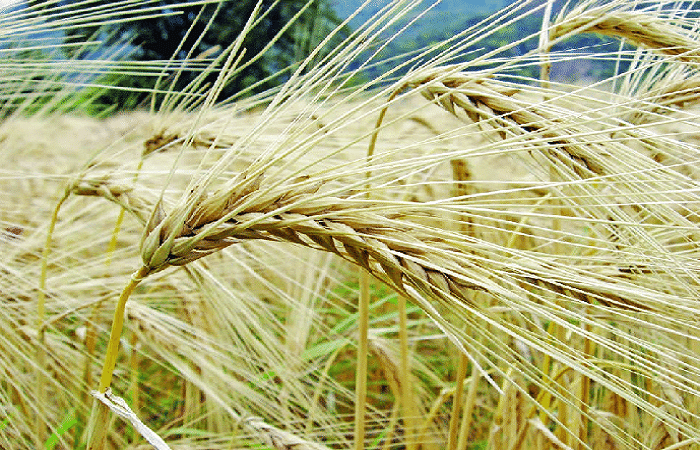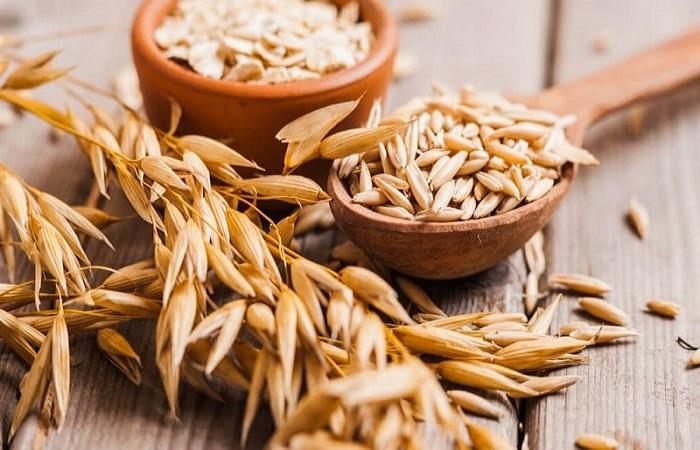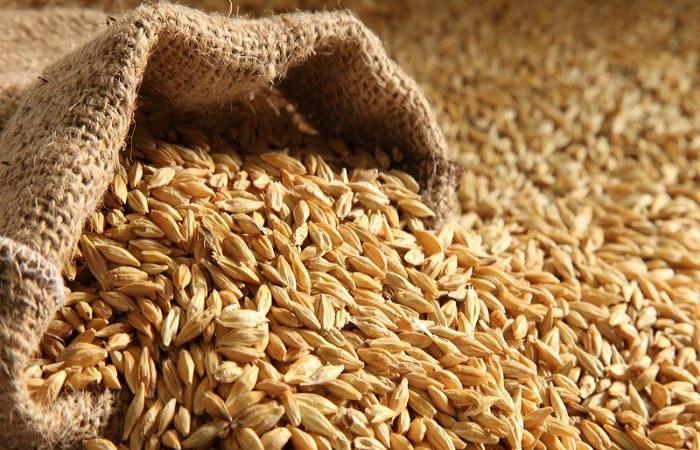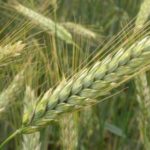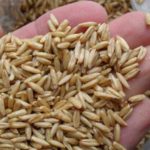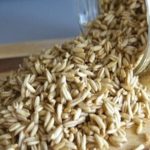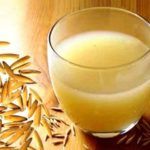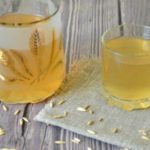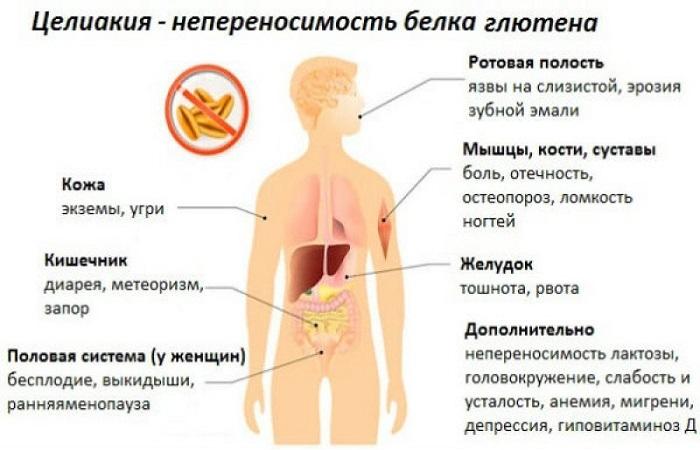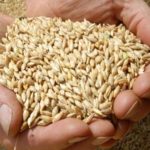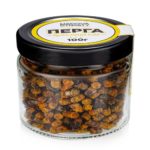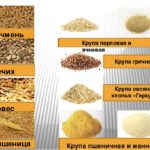People often wonder what the difference is between barley and oats. The key difference is that barley is a staple crop that is grown as a cereal grass. In this case, oats are a secondary plant obtained from the weeds of the primary crop, or spelt. In addition, barley has grains arranged in the form of a spike, and oats resemble small flowers.
Description of crops
To determine the differences between plants, you need to analyze their main features.
Oats
This is a secondary grain crop that is very popular. In botany it is called Avena sativa.The plant is essentially an annual herb that is grown for its seeds.
Some varieties are used to make oatmeal. However, the plant is most often used as livestock feed. It is often included in the diet. Oats contain a lot of protein, potassium, vitamin E and fiber.
Barley
In botany, barley is called Hordeum vulgare. It is an annual herb with high nutritional value. The whole grain product contains a lot of fiber and a minimum of fat.
Barley is considered one of the earliest cereal crops grown by humans. Its grains are used to prepare pearl barley. They are also used to make beer and distilled drinks. In addition, barley is often used as livestock feed.
What is the difference between oats and barley?
Oats and barley have many differences. The difference lies in composition, calorie content, appearance, and beneficial properties.
Chemical composition and calorie content
Oat grains contain about 60% starch. It also contains amylase, an enzyme similar to a substance produced by the pancreas. The presence of this component allows the body to better absorb carbohydrates.
100 grams of oatmeal contains the following components:
- 10 grams of protein;
- 5.5 grams of fat;
- 43 grams of carbohydrates.
The calorie content of the product reaches 295 kilocalories. Oats contain vitamins A, E, B. They also contain a lot of calcium, iron and phosphorus.
Barley is distinguished by its glucan polysaccharide content, which lowers blood cholesterol levels. The composition of cereals based on this cereal contains 50-60% starch.Useful components also include vitamins B, A, phosphorus, magnesium, silicic acid.
100 grams of barley contains the following components:
- 10.97 grams of protein;
- 1.63 grams fat;
- 30 grams of carbohydrates.
The calorie content of this product is 338 kilocalories.
Appearance
It is not difficult to distinguish these plants from each other. Oats is a grass whose height reaches 1.7 meters. The plant belongs to the grass family. It is characterized by the following symptoms:
- fibrous roots;
- straight stem, including 2-4 internodes;
- regular rough leaves;
- small flowers forming a panicle;
- fruits in the form of grains.
Barley is also a cereal plant. However, unlike oats, they are either annual or perennial. Its ear is more reminiscent of wheat. However, it is more spinous and looks like a small broom. The botanical features of the culture include:
- fibrous root system;
- rolled leaves pressed to the stem;
- ears of corn in the form of bunches;
- fruits in the form of grains.
Effect on the body
Oats and barley are considered healthy foods. However, their effect on the body is somewhat different.
Benefit
Eating oatmeal helps achieve the following effects:
- reduce cholesterol levels;
- cope with itching and inflammation;
- improve heart function;
- get a feeling of fullness.
If you include barley in your diet, you can reduce the likelihood of diabetes, excess weight and heart pathologies. Systematic consumption of this cereal helps to obtain the following results:
- reduce weight;
- reduce blood pressure parameters;
- improve blood lipid profile and reduce cholesterol levels;
- normalize digestive functions;
- reduce the likelihood of pathologies of the heart and blood vessels.
Harm
Grains are harmless to most people. However, they do include gluten. This substance can cause allergies. Therefore, if a reaction to gluten is detected, it is important to avoid all grains except oats. It does not contain this protein.
Experts do not recommend consuming cereal if you have problems chewing food. Insufficiently crushed cereal can cause intestinal blockage. Another limitation is the presence of problems in the functioning of the digestive organs.
However, barley should not be eaten in the following cases:
- celiac disease;
- diabetes;
- upcoming surgical interventions.
Application in medicine
Oats help strengthen the immune system and help eliminate viral infections. The product helps reduce fever and has diaphoretic properties. But the most beneficial property of the cereal is considered to be healing the liver. Oatmeal decoctions help remove cholesterol and toxic substances. The cereal also successfully copes with mild forms of pancreatitis.
Oats are of great benefit for diseases of the digestive system. It helps coat the intestinal walls with mucus and cleanses the body of toxins. Oatmeal decoction reduces blood sugar and strengthens blood vessels.
Eating barley has a beneficial effect on digestive functions and normalizes the growth of beneficial bacteria. This cereal is useful for people who want to lose weight. It should also be used for bronchitis, tonsillitis, and constipation.Barley is useful for liver cirrhosis, colitis, ulcers, and herpes.
Barley and oats are healthy foods that have a number of differences. The difference lies in appearance, chemical composition and effect on the human body.

